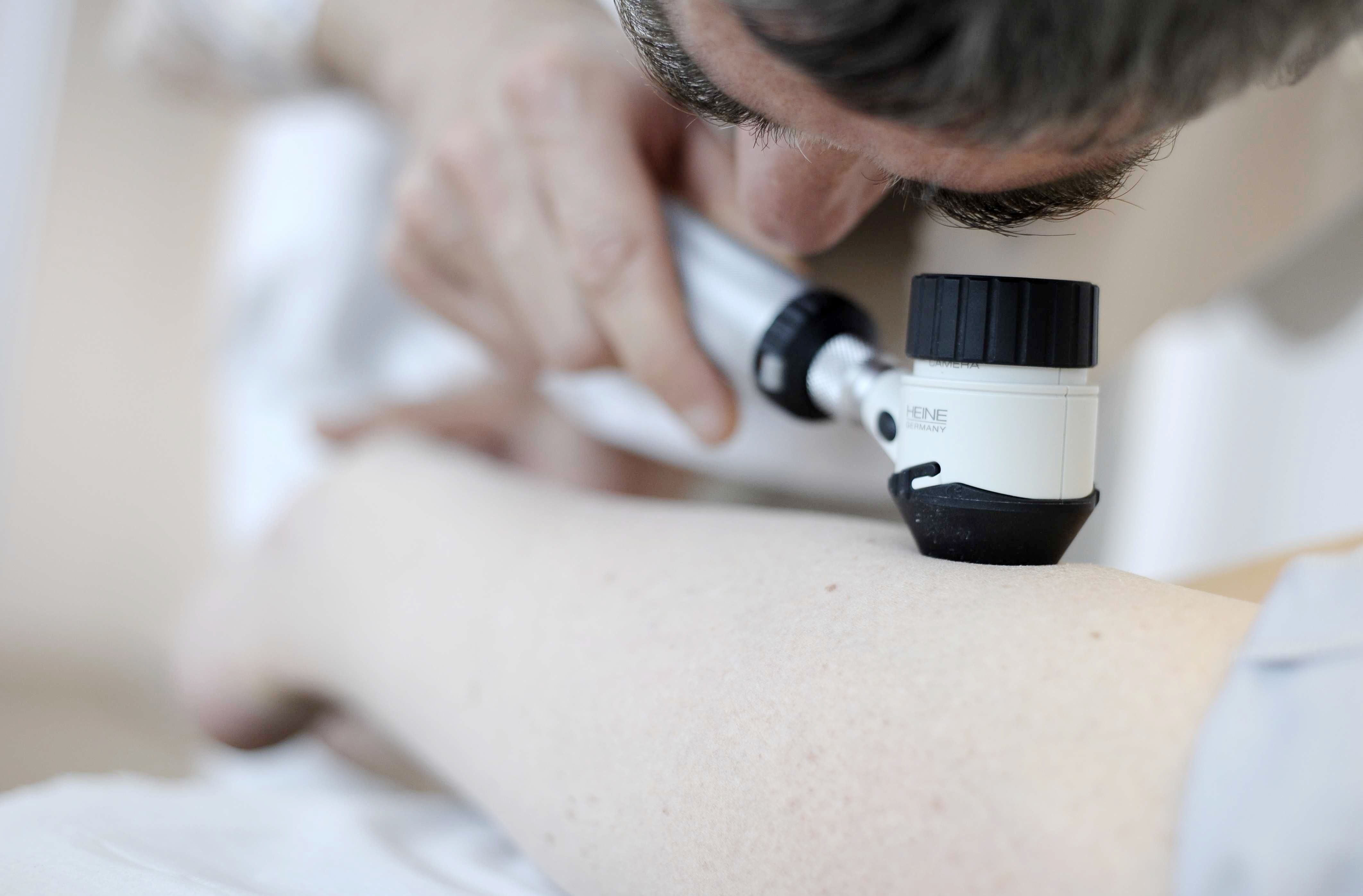Simply counting the number of moles on your arm could indicate your melanoma risk, new research suggests.
Doctors use mole counts to determine the risk of developing skin cancer, with each additional mole on the body increasing the risk by two to four percent.
However full body counts can be time consuming in primary care settings, so in September researchers, funded by the Wellcome Trust, investigated the most useful ‘proxy’ site for mole body counts and the ‘cut off’ number of moles needed to predict those at a higher risk of skin cancer development.
Using data from the TwinsUK study and a UK melanoma case control study, researchers investigated the mole counts of 17 different body sites on both women and men.
Scientists found that the “number of moles present on the right arm was the most predictive of the total number on the whole body”. For those with more than 11 moles on their arm, there was a higher likelihood of them having over 100 total moles on their body, leaving them with a higher risk of developing a melanoma.
Simone Ribero, lead author behind the research, said: “The findings could have a significant impact for primary care, allowing GPs to more accurately estimate the total number of moles in a patient extremely quickly via an easily accessible body part.
“This would mean that more patients at risk of melanoma can be identified and monitored.”





